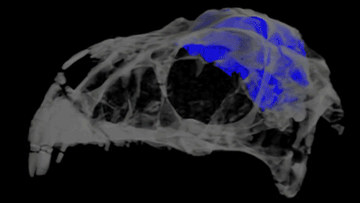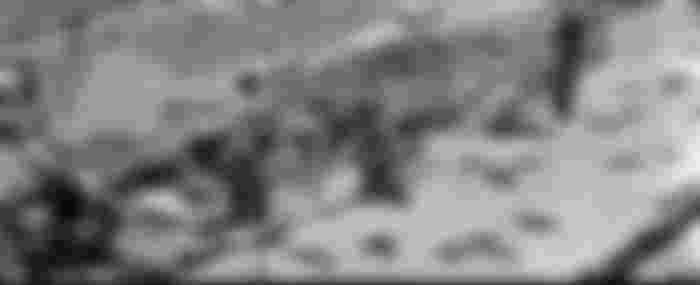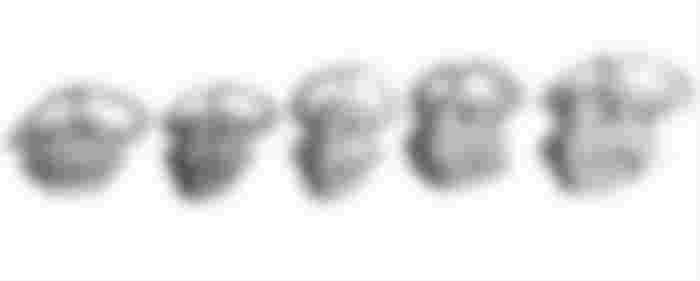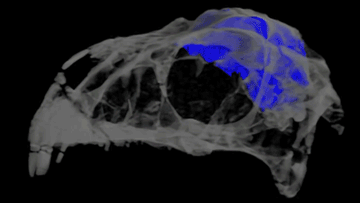Delve into these fast facts about dinosaurs for kids of all ages. Discover why the Tyrannosaurus had sharp teeth, where the name “dinosaur” comes from, and more!
Basic Dinosaur Facts
Dinosaurs are a group of reptiles that have lived on Earth for about 245 million years.
In 1842, the English naturalist Sir Richard Owen coined the term Dinosauria, derived from the Greek deinos, meaning “fearfully great,” and sauros, meaning “lizard.”
Dinosaur fossils have been found on all seven continents.
All non-avian dinosaurs went extinct about 66 million years ago.
There are roughly 700 known species of extinct dinosaurs.
Modern birds are a kind of dinosaur because they share a common ancestor with non-avian dinosaurs.
Paleontology

Paleontologists are like detectives who examine the evidence that extinct animals left behind. Those clues to what dinosaurs were like are found in fossils—the ancient remains of an organism, such as teeth, bone, or shell—or evidence of animal activity, such as footprints and trackways.
Everything we know about non-avian dinosaurs is based on fossils, which include bones, teeth, footprints, tracks, eggs, and skin impressions. For centuries, people throughout the world have discovered amazing fossilized bones and footprints. Early finds inspired legends and fairy tales, as people imagined that these bones belonged to giants or huge monsters.
Some consider Barnum Brown, who began his career at the American Museum of Natural History in 1897, to be one of the greatest dinosaur hunters of the late 19th and early 20th centuries. He began his career at the American Museum of Natural History in 1897. Many of his greatest discoveries, including the first specimens of Tyrannosaurus rex ever found, are on display in the Museum’s dinosaur halls.
Today, in addition to patience and sharp observation skills, paleontologists employ new technologies to solve unanswered questions about dinosaurs and other fossils. Advanced imaging technology, such as CT scans, allow paleontologists to see the three-dimensional structure of fossils, often without having to remove the matrix.
Paleontologists incorporate the research of biomechanics, applying the principles of both physics and engineering to reconstruct the biological movement of non-avian dinosaurs. The information gleaned from fossil bones along with observations of both the movement and the musculature of living animal species help scientists model how non-avian dinosaurs may have moved.
The Age of Dinosaurs

The earliest known dinosaurs appeared during the Triassic Period (approximately 250 to 200 million ago). Dinosaurs evolved into a very diverse group of animals with a vast array of physical features, including modern birds.
Contrary to what many people think, not all dinosaurs lived during the same geological period. Stegosaurus, for example, lived during the Late Jurassic Period, about 150 million years ago. Tyrannosaurus rex lived during the Late Cretaceous Period, about 72 million years ago. Stegosaurus was extinct for 66 million years before Tyrannosaurus walked on Earth.
During the Mesozoic Era (a period of more than 180 million years that included the Triassic, Jurassic, and Cretaceous periods), a species of non-avian dinosaur evolved into a species of avian dinosaur. This avian dinosaur is the first bird and the forerunner of all birds. Every non-avian dinosaur went extinct 66 million years ago.
There are several theories as to what may have contributed to the mass extinction of non-avian dinosaurs and other species at the end of the Cretaceous Period. It is certain that a massive asteroid or comet struck Earth during this time, causing a dramatic shift in Earth’s climate. Some scientists speculate that this impact had catastrophic consequences for life on Earth. But other factors, including changing sea levels and large-scale volcanic activity, may also have played a significant role in this mass extinction.
Dinosaur Fossils and Fossilization

Paleontologists use fossil evidence preserved in ancient rock to discover how long-extinct animals lived and behaved.
In most cases, a fossilized bone is actually a rock made out of minerals, with no trace of the original bone material.
The discovery of dinosaur eggs and nests provided evidence for the behavior of some dinosaurs.
By comparing the skulls of Protoceratops of different ages (like in the image above), paleontologists can draw conclusions about how some dinosaurs grew.
To discover how organisms lived in the past, paleontologists look for clues preserved in ancient rocks—the fossilized bones, teeth, eggs, footprints, teeth marks, leaves, and even dung of ancient organisms.
Fossilized jaws, teeth, and dung provide important clues about what non-avian dinosaurs ate.
Series of fossilized footprints, called trackways, reveal some intriguing evidence about dinosaur behavior and locomotion.
Until recently it was believed that feathers were unique to birds. Recent discoveries, however, have unearthed evidence for feathered non-avian dinosaurs.
Paleontologists looking for dinosaur fossils begin their work by surveying areas to find sedimentary rock from the Mesozoic era. Finding the right spot takes experience and a keen eye.
Fieldwork is only a small part of what paleontologists do. They also work in the lab, examining the specimens they’ve found as well as fossils collected years earlier. They spend a lot of time classifying specimens, examining their characteristics, and determining their biological relationships.
Teeth, Footprints, and Feathers

Most theropod dinosaurs, such as Tyrannosaurus, had teeth that were pointed, slightly curved backwards, and serrated. The sharp points pierced the meat, and the serrations helped slice it by catching and tearing muscle fibers. Meat eaters didn’t chop or grind their food; they swallowed chunks whole.

Plant-eating dinosaurs had teeth of various shapes designed for their particular diets. Triceratops, for example, had hundreds of teeth that formed a solid “wall” with sharp ridges. The teeth were used to chop off vegetation. Other plant eaters, such as Anatotitan, had wide flat teeth that they used to grind up tough vegetation. The long-necked dinosaurs, such as Diplodocus, had long pencil-like teeth that they used to rake the leaves off branches. These dinosaurs swallowed the leaves whole. They also ingested small stones, called gastroliths, most likely to grind up the food in their stomachs, much the same way modern birds, such as parakeets and chickens, do today.
From an individual footprint, scientists can estimate the height of the dinosaur that made it. A rough estimate of leg length is obtained by multiplying the print length by four.
A footprint can also provide clues about the kind of dinosaur that made it. A three-toed, sharp-clawed print means the footprint-maker was likely a theropod—usually a carnivore. A three-toed print with rounded toes probably belonged to an ornithopod dinosaur—an herbivore. And pairs of unequal-sized prints were most likely the work of the four-legged, long-necked, long-tailed dinosaurs called sauropods, another group of herbivores.
Modern birds, or avian dinosaurs, have skeletal features that are almost identical to some non-avian dinosaurs.
Feathers evolved before flight and may have functioned as insulation to keep dinosaurs warm, or for display as a way to attract mates.




